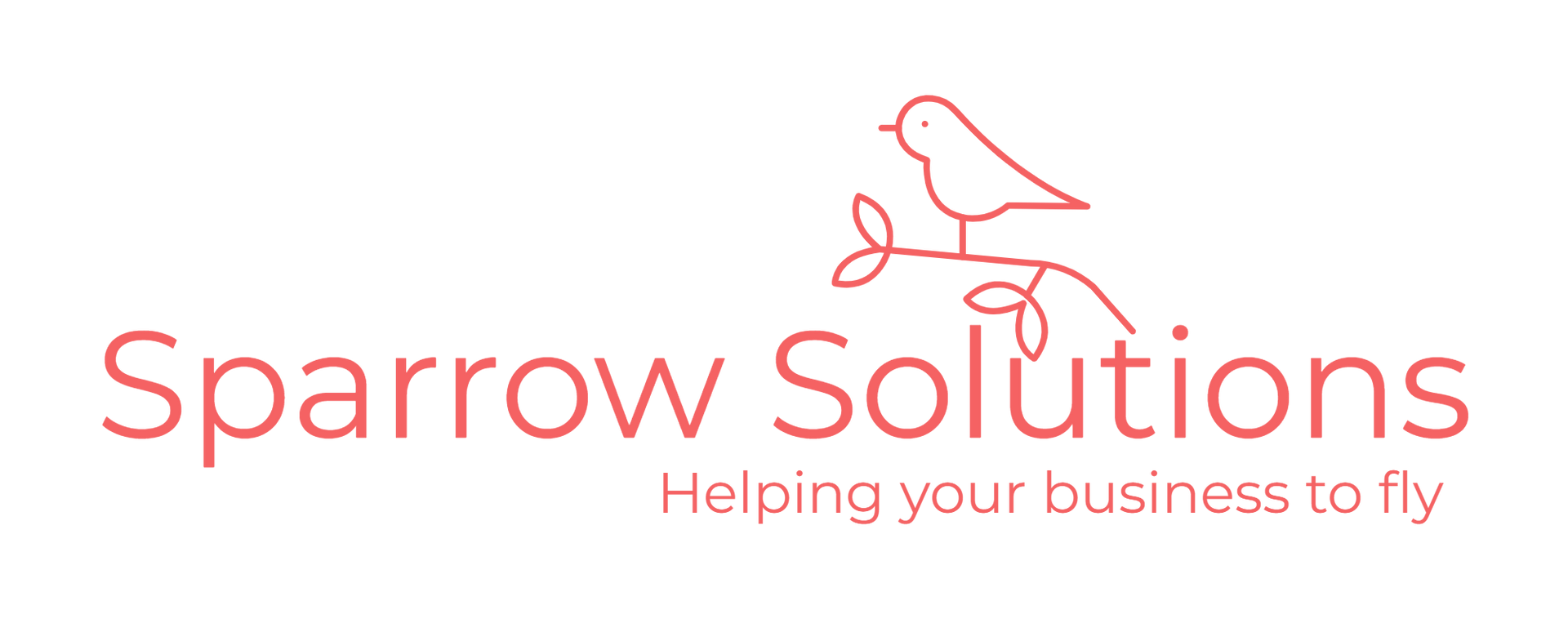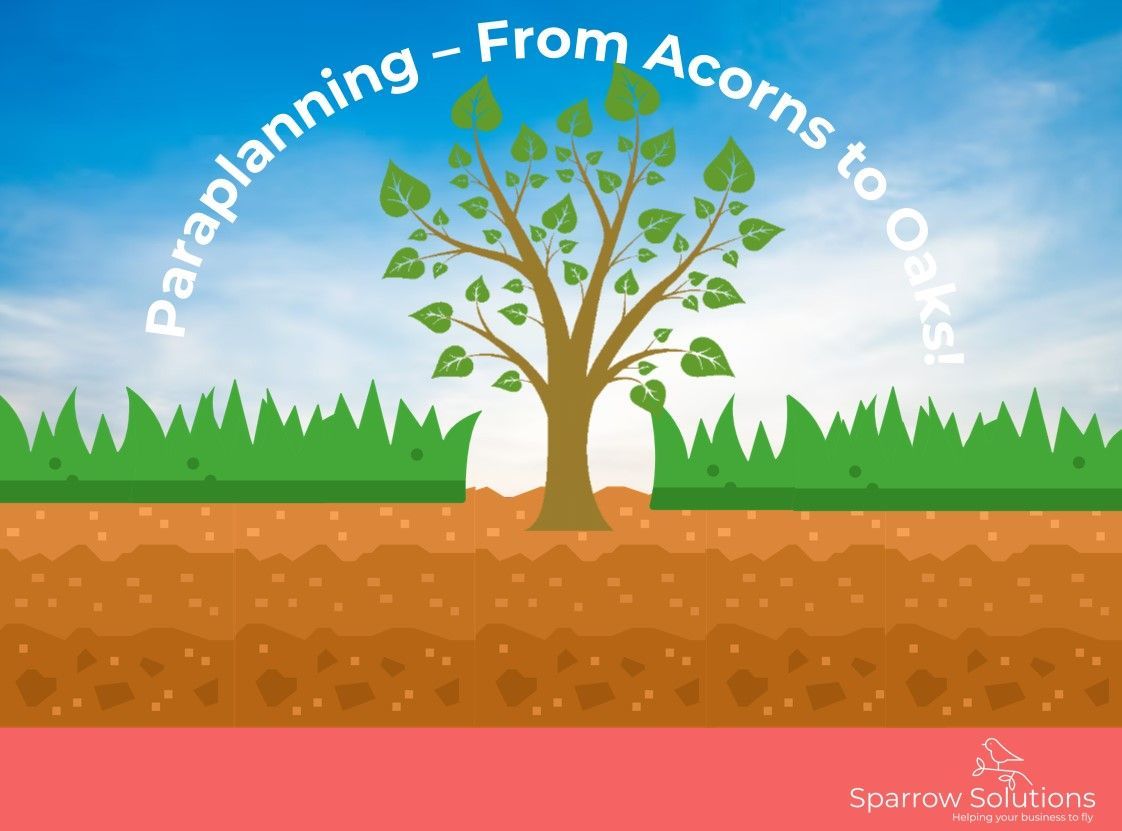A few tips for client friendly reports...
Suitability reports are boring and the client probably never reads them anyway'. I’m sure we’ve all heard that before!
As a paraplanner, a huge amount of my time is spent writing reports, so there is nothing more deflating than being told your work is boring! – Particularly, if like me, you’re doing something you enjoy.
I love taking all the information about the client and putting this together to tell their story. Obviously, we don’t know what the ending is going to be, but we do have the beginning and the story so far. Our job as financial planners is to help them ultimately get their happy ending, having done all the things they wanted to in the meantime.

Over the years, there has been much deliberation, consideration and discussion about what must be included in a suitability report and views on this often vary greatly. This means there is lots of thought about what the content of the report should be, but do we give equal time and consideration to how it actually looks to a client? We sometimes focus so hard on what we are telling the client, we often forget how we are telling them. The look of the report, the language we use and the readability is often abandoned in favour of ensuring it is compliant, and we sometimes forget they are not mutually exclusive!
Reports of course need to cover off our regulatory responsibilities, but their primary purpose is to put the client in an informed position to be able to make a decision about the advice and recommendations being made. I’m of the view that if you do the latter well, the former will generally take care of itself.
I’ve been paraplanning for a long time and much of this has been spent trying to make reports more engaging and inviting, so they are something that the client does actually want to read. I’ve read up on writing techniques, attended seminars on design and taken part in numerous brainstorming sessions on how to write well. All of which I hope have helped me ‘build a better mousetrap’, so to speak.
This blog therefore isn’t about me telling you what content to put in as you need to decide that as a business. Hopefully though, it gives a couple of handy hints and tips on layout and style to help create something the client really does want to read. They may sound obvious and not particularly ground-breaking, but then I’m all about keeping things simple!

I think we can become overly obsessed with how long a report should be, which sometimes translates into cramming as much information into as small a space as possible to keep the page numbers down.
I’m a great believer that a report will be as long as it has to be to give the client all the information they need to make that informed decision, and I try not to get too distracted by page numbers. I would rather see a pleasantly designed and easy to read 10 page report than one that is five pages but everything is squashed, busy and overcrowded.
Whitespace appears to be one of those ‘marmite’ type things. Some people like whitespace in a report and some people don’t – but remember, it’s not really about what we as the writer like, it’s about making it more engaging and easier for the client to read.
You wouldn’t speak to someone continually for several minutes without stopping to breathe or giving them time to digest what you’ve said, but we do this with our reports all the time.
When the layout of a report is just one section after another with no gaps or pauses, this can feel like the writing equivalent of talking at someone non stop – never a good way to get a message across!
I think of whitespace as a ‘pause for breath’ in a report, it gives the client a moment to really take in what you’re telling them before moving on to the next point. There have been several studies on this that show including whitespace in a written document can help speed up reading times and understanding.

A picture paints a thousand words
We often have to convey co mplex ideas and information to clients, many of whom will be unfamiliar with the terms we use on a day to day basis. Using images, illustrations and graphics can be a really good way of explaining things more easily and demystifying complicated concepts.
I've often found a strategically placed chart, graph or venn diagram can frequently save the need for a page full of text!
Layout and spacing – to justify or not to justify?
We all have preferences on the layout we use and how we structure our reports. Line spacing and justification of text is a good example of this.
Studies have also been done that show when text is ‘justified’ it is harder to read than when it is aligned left. This is because the irregular spacing between letters and words makes it much more difficult for the eye to read.
It is also important to get the line spacing right. Making sure your text is well spaced prevents it looking squashed and, when coupled with the whitespaces in the report, makes it more inviting and easier to read.
As I said, nothing ground-breaking here, just some simple techniques and tips to try to jazz up those ‘boring’ reports! Things to consider are also the use of colour, graphics, language and tone, which are all key elements of a client friendly report - but perhaps that’s a blog for another day!
However you design your reports though, remember, it’s not your story you’re writing, and if even the main character isn’t interested in reading it, it really will end up languishing in the client’s drawer!












